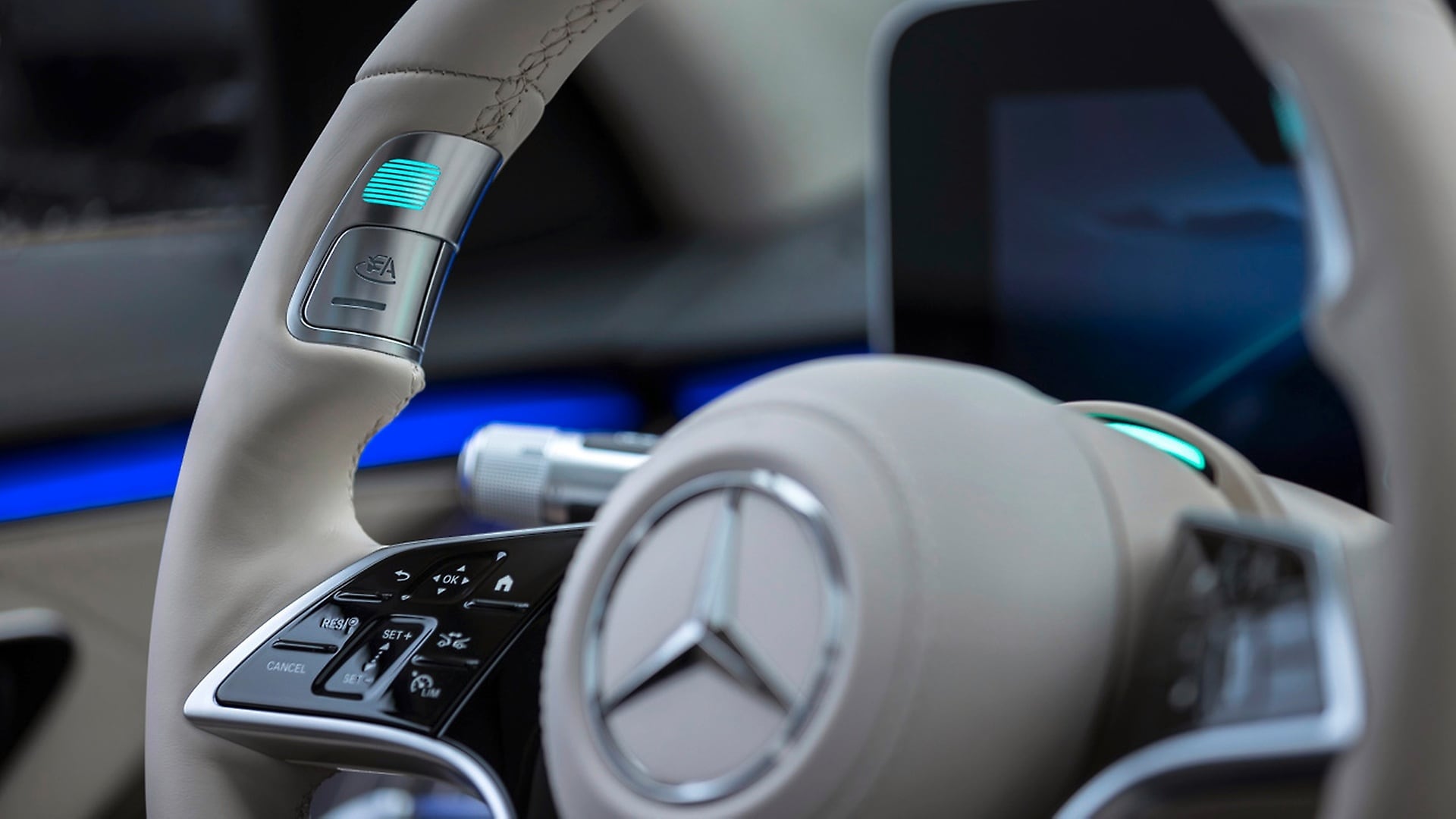December 09, 2021 – Mercedes-Benz is the first automotive company in the world to meet the demanding legal requirements of UN-R157 for a Level 3 system¹. The German Federal Motor Transport Authority (KBA) has granted system approval for this on the basis of the technical approval regulation UN-R157, thus paving the way for offering such a system internationally², provided that national legislation allows it.
,xPosition=0,yPosition=0.5)
Conditionally automated driving


,xPosition=0.8,yPosition=0)